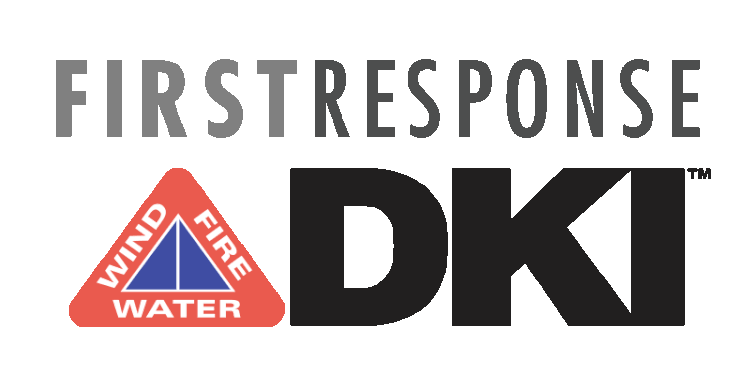Home Insurance
Part III: Homeowner Responsibilities
In part three of our series on home insurance, we round out our conversation with local insurance expert Laurie Forshner-Talbot, President of Talbot Insurance Services Ltd.
There’s no time like the present to learn about the requirements and responsibilities around maintaining your home and covering property vacancies.
First Response: Can you tell us about insurance requirements for a home that is tenanted long-term vs. short-term? What about a combination of both during the year?
Laurie: Long-term rentals have been around for a long time so are dealt with fairly easily. The main criteria is that the home is regularly monitored by the owner or property manager, as lack of supervision can lead to losses occurring - which can get much worse due to not being quickly discovered.
With vacation renters, as they are changing so regularly, it’s impossible to keep track of whether or not they carry coverage for any accidental damage they do. In addition, they may be from another jurisdiction or country where it’s difficult to make communication or negotiation for reimbursement back from the negligent renter.
Landlord & Tenant laws differ between short and long-term renters, so a combination of both during the year would need to be handled by a specialty negotiated policy of coverages.
First Response: As a landlord, should you require proof of tenant insurance? If so, why?
Laurie: We strongly recommend that clients ask their renters to carry Tenant Insurance, so that if there is accidental damage caused by the tenant (such as a kitchen fire), it is dealt with under the renter’s policy rather than the landlord’s, under the Tenant Legal Liability portion of the renter’s coverage. This helps keep the owner’s/landlord’s rates in check. Also, if the landlord has the proper coverage in place, their insurer will take care of their damage expediently and then work with the tenant’s insurance company for reimbursement, if appropriate. The issue of negligence isn’t always crystal clear, so having both the landlord and renter carry coverage assists under those circumstances.
It is important that the renter carry coverage to repair or replace any of their own belongings, as the landlord’s policy DOES NOT automatically cover the renter’s personal property.
First Response: Is there a standard amount of time you can leave your property vacant while on vacation before your insurance is affected?
Laurie: When you’re on vacation, your property is only considered “unoccupied” as you intend to return when your vacation is over. There have been a lot of changes in this area in the last few years, so best check with your insurance broker/agent and they can advise you of the particular requirements of the insurance company who underwrites your policy. The most important issue is during the typical ‘heating season’ with respect to pipes freezing and subsequently rupturing and causing water damage. If you plan to be away for more than 3 days, it is usually required that you either drain the water from your system, or have someone check your home regularly to make sure the heat is maintained. Always best to check your specific policy to get the final number.
First Response: We often encounter homeowners that are unaware of the separation between a loss due to inadequate maintenance vs. a sudden and accidental loss. What are the expectations of the insured in regards to maintenance of their home?
Laurie: Generally speaking, the key term here is “sudden and unusual”. Insurance isn’t intended to cover maintenance of a home. An example of this is when a hot water tank bursts, causing water damage. The replacement of the water tank won’t be covered, but the ensuing water damage will be. Same thing goes for rusty pipes; the cost to replace the pipes wouldn’t be covered by the claim but the water damage likely would be. This is also why homeowners that update their services pay less premiums than those who don’t.
Another example is a leaky roof IF the roof is overdue for replacement. The roof and subsequent leaks are not covered as this is considered “wear and tear”. The leaks are typically not “sudden and unusual” as they have likely occurred over time. If there is a torrential wind storm that blows off shingles and allows the rain into a home, then both the roof and the rain damage would be covered. Keep in mind that if your roof is so old and beyond the time it should be replaced, and the slightest wind creates loose or removed shingles, you might have a problem presenting that as a claim under your policy.
To ensure all of your personal coverage needs are being met, it is best to speak directly with an insurance broker.
We thank Laurie for her local insight and guidance on home insurance. For more insurance advice, reach out to Laurie and her team below.
Talbot Insurance Services Ltd.
112-1100 Sunshine Coast Highway
Gibsons, BC
Open Monday to Saturday: 8:30am – 6:00pm
Tel: 604-886-2555
ContactUs@TalbotInsurance.ca
If you missed the last two posts in our three-part series on home insurance, check them out here.

